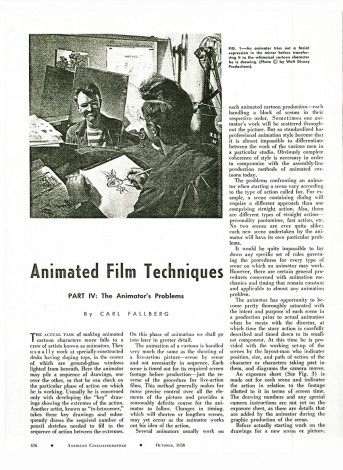
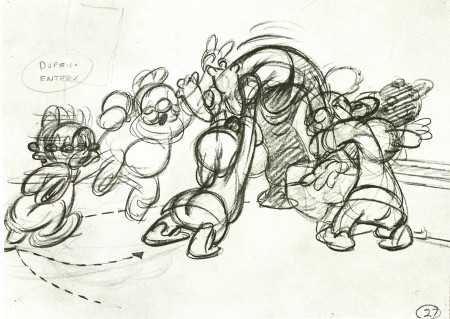
I was worried classic cartoon techniques - and the great studio cartoons of the 30s to the 50s themselves would soon die out and be forgotten. Certainly if all you could ever see were the modern cartoons on TV and even the feature films it would be a guarantee that our glorious past could never come back - and that would be profoundly depressing.
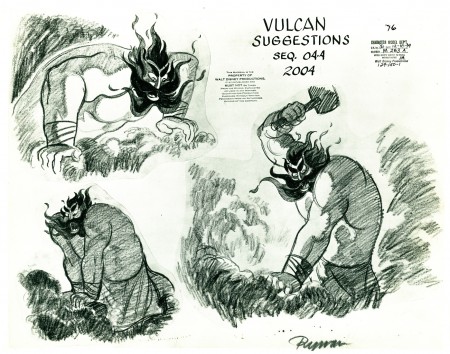
I'm encouraged lately by how many young cartoonists are doing my own exercises and getting really good at it, and that they are embracing actual practical skills and appreciating the beautifully drawn cartoons of the golden age of animation.
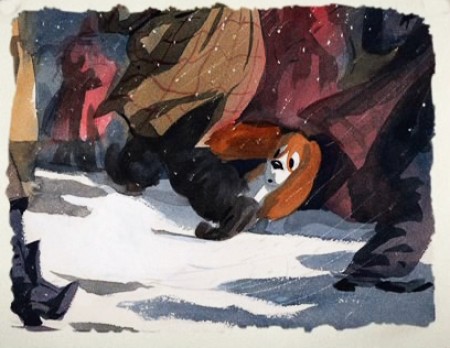 It seems positively rebellious to me, considering the recent past of shoddy popular animation - and how many people who stood up for it.
It seems positively rebellious to me, considering the recent past of shoddy popular animation - and how many people who stood up for it.PETE EMSLIE - A TEACHER WHO TEACHES CLASSIC PRINCIPLES
I've met a few Sheridan college students who praise teacher
 Pete Emslie because he not only explains classic cartoon drawing principles, but will actually sit down and show you by drawing over your drawings and demonstrating how to do them with an intelligent procedure.
Pete Emslie because he not only explains classic cartoon drawing principles, but will actually sit down and show you by drawing over your drawings and demonstrating how to do them with an intelligent procedure.As far as I know, this is very rare for animation schools. When I went to Sheridan, the teachers all praised Disney tradition but none of the teachers could show you how to do any of it. They didn't actually draw anything in front of you - or if they did the odd time you'd see why it was such a rare occurrence.
Pete's students have all told me how much easier it is to learn from someone who will demonstrate the techniques themselves.
 I imagine you'd respect the teachings more too, knowing that the guy preaching good drawing can actually do it himself.
I imagine you'd respect the teachings more too, knowing that the guy preaching good drawing can actually do it himself.HOW TO CONSTRUCT A DRAWING - LIVE

Pete and I have our own separate tastes (and some that overlap) for which classic cartoons we like best; he probably prefers Disney and Jones to Clampett and Natwick, but we both believe in the principles of good cartoon drawing that all these artists share.
 He's also well known for his stylish caricatures and generously shares his techniques on his blog:
He's also well known for his stylish caricatures and generously shares his techniques on his blog: http://cartooncave.blogspot.com/2008/09/working-out-likeness.html
http://cartooncave.blogspot.com/2008/09/working-out-likeness.htmlWhether you like Disney, Clampett, Avery, UPA, Spumco, Tartakovsky, Pixar or almost any other character animation styles - they are all derived from the principles and techniques developed and used by the classic animation cartoonists of the 1930s and 40s. If you know these techniques, you will have a much easier time adapting from one style to another or creating your own style. Good drawing in general is not a style; it's knowledge, understanding and skill. The better you can draw and analyze, the more creative choices and control you have personally. You won't be a slave to lack of ability.
Here are some of Pete's online tutorials:
http://cartooncave.blogspot.com/search/label/tutorial
and his blog:
http://cartooncave.blogspot.com/
Obviously the best and quickest way to learn to draw is to have good teachers like Pete who can give you personal instruction, demonstrations and critiques but not everyone is lucky enough to have this. I sure wasn't. When I started in the business I would have killed to have teachers actually show me how the cartoons I loved worked. Instead, I had to collect what little information existed about cartoons at the time, and tape old cartoons off the air and copy the drawings and try to figure out what was holding them together - with the help of the Preston Blair book.
Today there are still a handful of dedicated traditional teachers like Pete, but even if you don't have personal instruction from a skilled pro, there is a ton of useful information at the cartoon blogs.
Michael Sporn has a great blog that is just filled with articles, art and information on the most commercially oriented (which to some critics means crass and kitschy) yet artistically principled animation studio of all time.
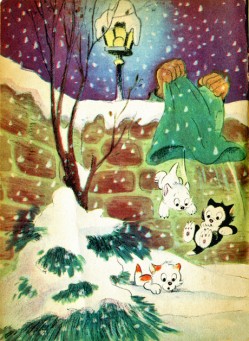
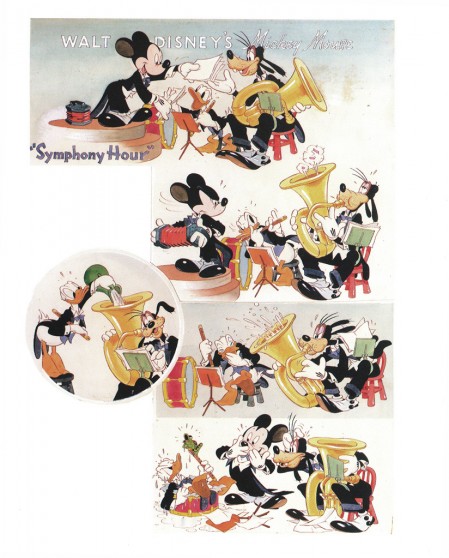
You can learn a lot about classic cartoons by looking at, studying and copying the model sheets and "how to draw" articles on this site.
Disney Magazine Cartoons
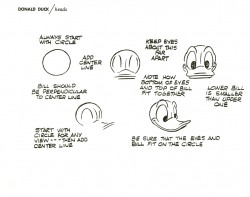
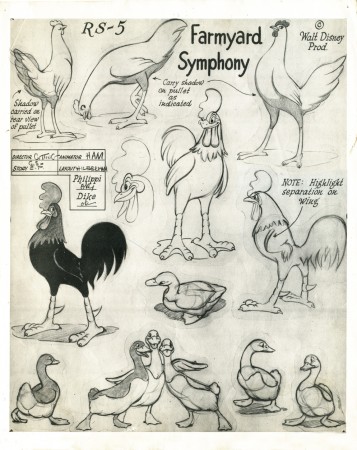
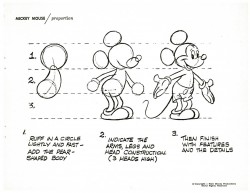
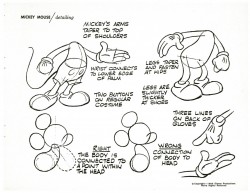
HOW TO DRAW TRADITIONAL CHARACTERS
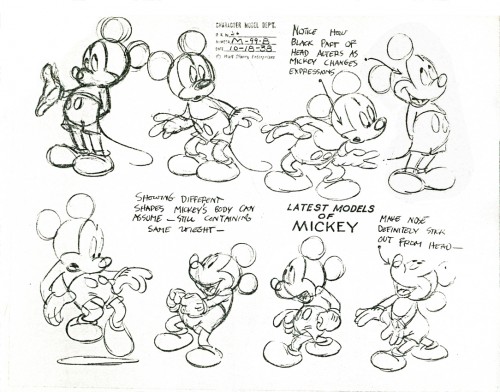
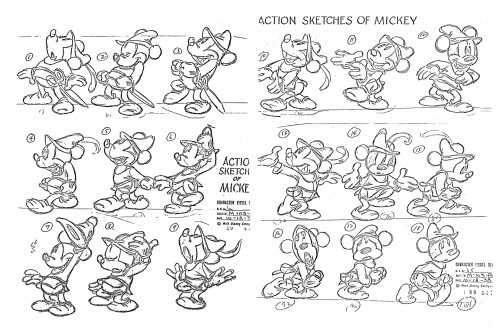
HOW TO DRAW MICKEY
CLASSIC STORYBOARDING
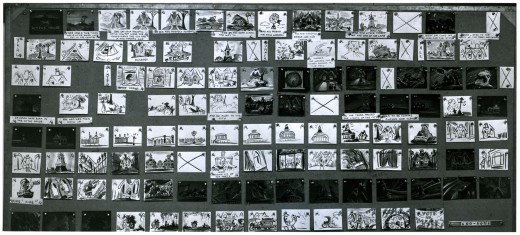
BILL PEET'S LITTLE HOUSE
Here is Michael's article about the art of Disney animation and the book that inspired him and many others.
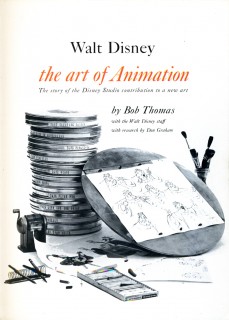
"I suspect that my receiving the book at such a young age made it all the more precious to me, and to this day it gives me positive feelings whenever I hit on certain pages and pictures in it. There’s a photo of Eyvind Earle holding up a cel of one of the three faeries that ALWAYS sends a chill up my back. It strikes to the heart of something I love about animation, and it inspires me like little else can. I can’t say what it is about this picture, but it speaks to me."

THE ART OF ANIMATION
Michael and I also share a love for animation by other classic cartoonists like Grim Natwick and Ub Iwerks and he has articles about them too:
 http://www.michaelspornanimation.com/splog/?p=1708
http://www.michaelspornanimation.com/splog/?p=1708So even you aren't lucky enough to have a skilled personal teacher who can sit down and show you how to draw traditional classic cartoon techniques, great blogs like Michael Sporn's are the next best thing.
ANIMATED FILM TECHNIQUES 1
ANIMATED FILM TECHNIQUES 2


